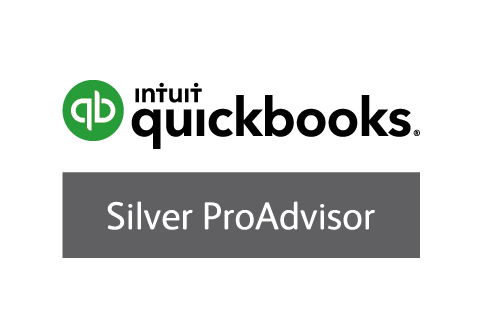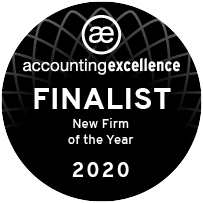| As we talk to new, growing businesses all the time, a key consideration for them is when to register for VAT, sometimes when to deregister. There are a lot of complications to how VAT registration works, but the key points are: – The VAT registration threshold is £90,000 in a 12 month period If your turnover is over £90,000 in the previous 12 months you will need to register for VAT. Very importantly – it is not based on your business year or tax year, it is a rolling 12 months. So you need to be looking at your turnover for the last 12 months as at today to work out if you need to register. Not everything counts towards the threshold, if you are making revenue that would not be VATable if you were registered this does not need to be included when working out the £90k. This means if you are doing a lot of work overseas or providing certain services you may not need to include all your income in the calculation. – You must register when you know you are going to go over the threshold in the next 30 days or immediately if you already have Registering is a fun HMRC form to be completed. It is best to register in advance of when you are going to go over the threshold, this gives you time for HMRC to send you back a VAT number. Until you have a VAT number you cannot start charging customers VAT. If you have already gone over the threshold you need to backdate the registration to the point that you exceeded the threshold. If you are not monitoring your income on a regular basis you can find that you have gone over the threshold a long time ago and be in for a nasty shock!When you backdate the registration HMRC assumes that the prices you charged customers included VAT and will expect you to pay that over. This can be offset with any expenses that had VAT on them and you can go back to customers and request that they pay the VAT. When asking customers to pay additional VAT on an invoice they have already paid you will want to think about the customer relationship, whether they are VAT registered themselves and be aware that they can just ignore your request. |
 |
| – You can register for VAT voluntarily If you are not over the VAT threshold but you work with businesses that are, you may want to register for VAT voluntarily. This means that you can reclaim the VAT on your costs. However, you will want to think about whether the VAT savings will be worth it with the added administration involved in filing VAT returns. If you are working with individuals, we would strongly advise against voluntarily registering for VAT, as you will be adding 20% to your costs and can find that suddenly you are too expensive for your customers. – When you are VAT registered you must use accounting software All VAT returns are filed electronically through something known as Making Tax Digital. This means that when you are VAT registered you must start using accounting software such as Xero, Quickbooks, FreeAgent, to manage your records and file your VAT returns – You can deregister for VAT when your taxable turnover is below £88,000 Again, this is taxable turnover in a rolling 12 months. We would not recommend that you deregister the second you go under £88,000 if you expect to go back over the limit in the near future. However, if you are expecting a sustained drop in revenue,e then you may want to think about deregistering for VAT |
| Obviously, VAT is not that simple, and there are many complex rules, and entire businesses have been built on advising businesses on the VAT rules. However, this gives you a basic overview for the key things to be aware of when you are starting out running your own business. If you need help with your VAT returns or getting your bookkeeping straight for your VAT, contact us at 2sisters accounting and we’ll be happy to help. Thanks for reading, Beth and Jessie |






